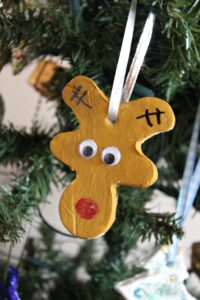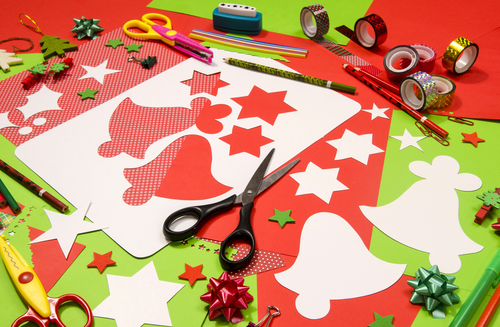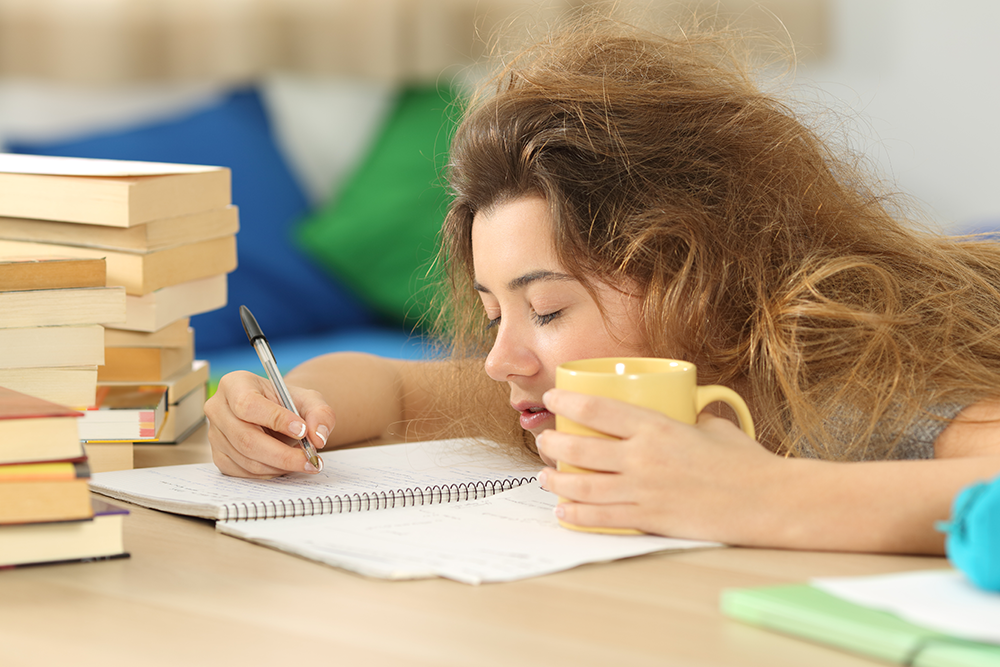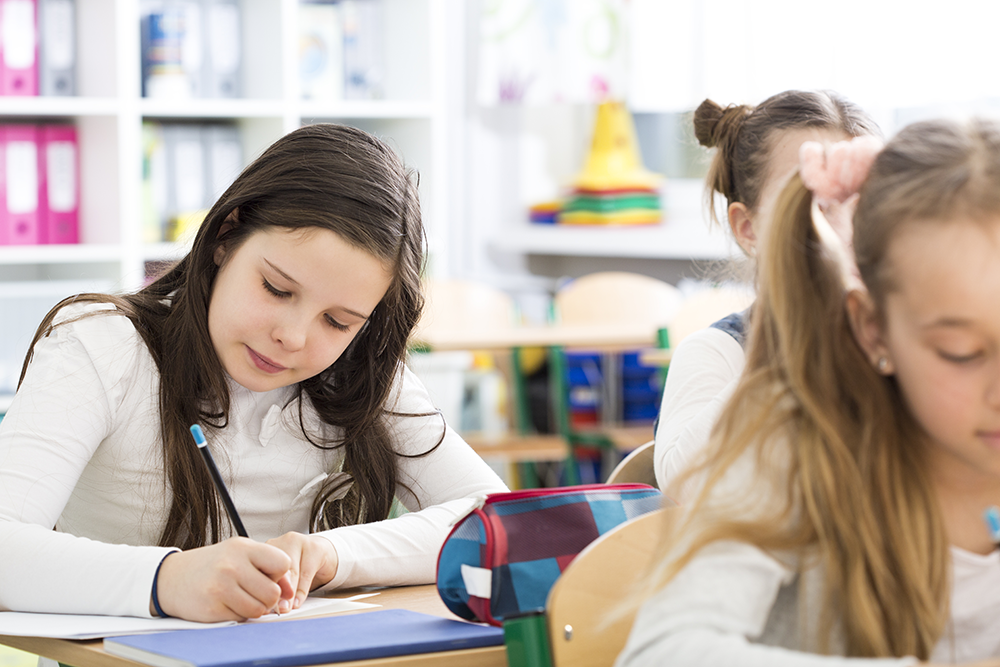The Christmas holidays are creeping up on us and while your children will need time to unwind after a busy term at school, there are plenty of fun festive activities they can do to help develop their skills and keep their minds active! Encouraging children to take part in creative activities can help in other areas of their learning and promote creative thinking, decision making and problem solving skills.
Fine motor skills are a big part of a young child’s development. Let your little one get creative by making snowflakes with folded paper and scissors. They could also make paper chains in various colour patterns, such as ABAB or ABCABC. For really young children, do the first few for them and see if they can correctly predict which colour should come next in the pattern.
For older children, give them a pack of bendy straws and some tape and challenge them to make a Christmas tree model by attaching the ends together. See what other Christmas shapes they can make – a star, a present, etc. These could be 2D or 3D shapes depending on their age and abilities.
You could also set up a ‘Christmas creations’ table, with an interesting selection of sparkly papers and left over wrapping paper, beads, ribbons, paints and let the kids really use their imaginations to make whatever they like. Your child may decide to set up their own elf workshop, wrapping presents for Santa, make some festive decorations, or just ‘play’ with the materials, whether this results in a finished product or not. It’s important for children to be able to explore and experiment with different materials, independently choose colours of paint to mix together and see what new colours they can create, even if they don’t have a finished picture in mind. They are developing the skills to be able to make their own choices and express themselves. Another way to encourage problem solving is to g ive them a variety of paints and objects (cardboard tube, ribbon, pinecone, feather), but no paintbrushes, so they need to work out original ways to get paint onto the paper. You could use newspaper or a roll of parcel paper to cover the table so it can all be easily cleared away afterwards.
ive them a variety of paints and objects (cardboard tube, ribbon, pinecone, feather), but no paintbrushes, so they need to work out original ways to get paint onto the paper. You could use newspaper or a roll of parcel paper to cover the table so it can all be easily cleared away afterwards.
Another fun Christmas activity is to make some salt dough decorations for the tree, or to give as gifts to family and friends. The recipe is really simple, so even young children can help to measure out the ingredients and mix them together. Pour half a cup of salt and one cup of flour into a bowl. Slowly add in half a cup of water, stirring the mixture then kneading into dough. If it’s too sticky, just add a bit more flour then roll out and either use biscuit cutters or other tools to make your own designs. See what interesting shapes your child can come up with. For example, if they turn a gingerbread man shape upside down, it can look like a reindeer! Your child could even use objects to make marks and patterns in the dough. Remember to make a hole at the top, using a straw, so you can hang them up when they’re finished. Bake them in the oven on a low heat for a couple of hours, then cool and paint. You could even add some ginger or ground nutmeg to the recipe to fill the house with a festive smell!
As an extra challenge, how about making a salt dough ‘gingerbread’ house with your child? Experiment to find the best way to fix the walls together and what you can do to help it stay standing. It shouldn’t crumble like real gingerbread and if it’s kept in a dry place can be brought out year after year as a festive decoration.



